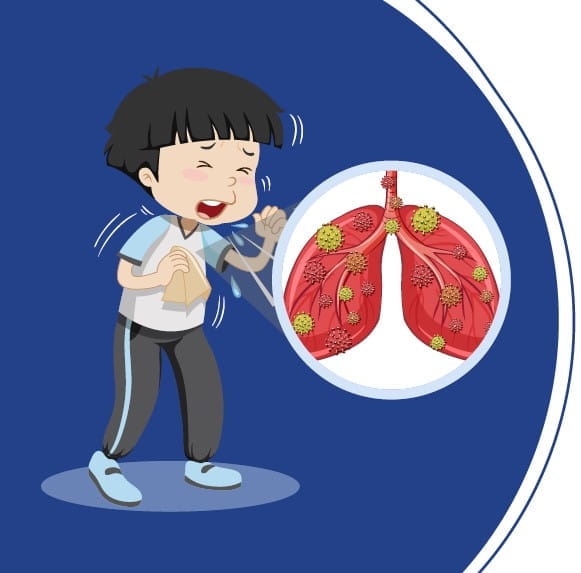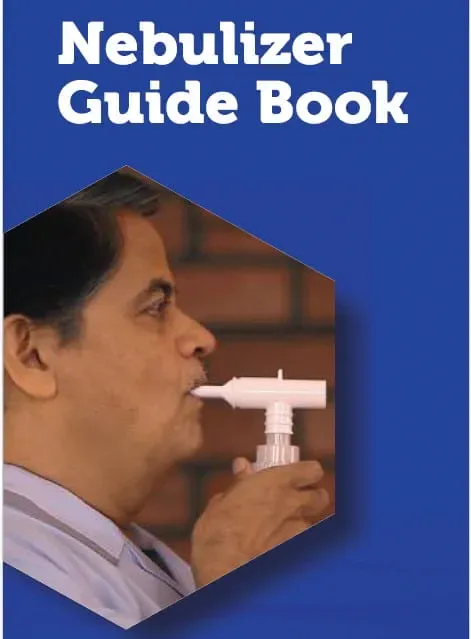EAACI 2024: Management of Allergic Asthma
Speaker: Ian M Adcock
The introduction of inhaled corticosteroids by Tim Clark revolutionized allergic and type 2 (T2) eosinophilic asthma treatment, significantly improving peak flow, symptom scores, and airway inflammation. They have enabled many patients, including high-performing athletes, to manage their asthma effectively. However, not all patients respond well, highlighting the complexity of asthma, which encompasses various clinical phenotypes such as allergic and eosinophil asthma. Understanding the specific molecular mechanisms driving each phenotype is crucial for effective treatment. Environmental factors, such as microbiome exposure, also play a role in asthma management. Allergic asthma, often linked to childhood-onset and characterized by IgE sensitization, differs from adult-onset eosinophilic non-allergic asthma and other non-T2 asthmatic phenotypes, which may involve neutrophilic or poly granulocytic inflammation. Current diagnostic tools, including clinical history, atopy tests, FeNO, blood eosinophils, and sputum cellularity, are somewhat useful but have limitations. They may not clearly distinguish between different types of T2 asthma or identify the correct sensitizations, particularly in more severe cases.
The new nomenclature for allergic diseases and hypersensitivity reactions includes the classic type 1 (IgE-mediated) immediate hypersensitivity and T2 allergic reactions associated with asthma. Additionally, there are other hypersensitivity reactions related to interferon, TH17, and TH1 pathways, indicating that severe asthma often involves multiple components beyond just T2. The GINA guidelines for severe asthma (step five) mention therapies like leukotriene receptor antagonists (LTRA), long-acting antimuscarinics, immunotherapy, and biologics. These treatments can be effective, but there's no specific biomarker to guide drug choice for individual patients. LTRA work for some patients, but their effectiveness varies. Long-acting antimuscarinics improve lung function and reduce exacerbations but do not significantly control severe asthma. Allergen immunotherapy, particularly for IgE-mediated hypersensitivity (e.g., pollen, house dust mites), involves subcutaneous or sublingual administration and can lead to long-term allergen-specific tolerance, potentially resetting the immune system permanently, unlike current biologics, which only provide remission during therapy.
The EAACI provides guidelines for allergen immunotherapy, particularly for house dust mite (HDM) immunotherapy. For uncontrolled asthma, control must be achieved before adding HDM-SLIT, while controlled asthma can directly incorporate immunotherapy to reduce steroid medication and improve asthma control. For partially controlled asthma, options include achieving control before adding therapy or starting immunotherapy directly if lung function is good. Current HDM immunotherapies have variable success rates, indicating a need to better understand the immune processes involved. Biologics are now used due to shared mechanisms between allergic and eosinophilic asthma, with eosinophils playing a key role. Precision medicine requires identifying distinct mechanisms and developing predictive biomarkers, as current ones like IgE, FeNO, and blood eosinophil counts lack precision. Several biologics target specific pathways in asthma. Omalizumab is effective for anti-IgE treatment, mepolizumab and benralizumab target IL-5 receptors, and dupilumab targets IL-4 and IL-13 receptors. While drugs targeting epithelial cell-derived factors like tezepelumab (anti-thymic stromal lymphopoietin) show promise, others targeting IL-33 have been less successful, possibly due to incorrect patient targeting and inadequate biomarkers.
For uncontrolled asthma, treatment options include anti-IgE therapy with omalizumab, which involves subcutaneous injections every 4 weeks for patients aged > 6 with moderate to severe asthma. Omalizumab improves lung function and quality of life and reduces exacerbations, hospitalizations, colds in children, and corticosteroid use, though better biomarkers are needed to predict response. The anti-IL5 therapies, after initial failures, now show a 50% reduction in exacerbations. Patients with higher eosinophil counts, chronic rhinosinusitis with nasal polyps, and more airway obstruction respond better to anti-T2 biologics. Electronic healthcare records indicate many patients might have elevated eosinophil counts, suggesting potential T2 asthma. Real-world studies with biologics like benralizumab and mepolizumab also show a 50% reduction in exacerbations. Achieving remission—being OCS-free, exacerbation-free, and having good asthma control and increased lung function—is possible for 30-40% of patients, particularly those with higher eosinophil counts, better initial asthma control test (ACT) and lung function scores, and lower OCS use. Longer OCS use correlates with a poorer response to anti-T2 biologics.
The treatment algorithm for uncontrolled moderate to severe asthma involves various options based on the asthma subtype. For allergic eosinophilic asthma, anti-IgE, immunotherapy, or anti-IL-5/IL-4/IL-13 therapies are potential choices. For allergic asthma alone, anti-IgE is recommended. However, for severe asthma, whether allergic or non-allergic, anti-IL-5 and anti-IL-4/IL-13 therapies are considered if IgE therapy is ineffective. Head-to-head studies are lacking to determine the most effective treatment, and ideal biomarkers for treatment response are still elusive. Despite efforts to compare therapies using Bayesian network analysis, no clear preference emerges. Personalized medicine aims to match specific treatments to individual patients to avoid prolonged therapy trials. Better biomarkers are needed to enhance treatment selection accuracy. Understanding asthma's pathophysiology and distinct subtypes has enabled targeted therapy, reduced exacerbations and improving quality of life, though not universally effective, underscoring the need for improved biomarkers.
In the context of asthma management, it's crucial to recognize that the majority of asthma cases are mild to moderate, not severe. Alongside discussions about selecting biologics, there's a need to emphasize non-pharmaceutical measures often overlooked. Simple lifestyle changes like quitting smoking, regular exercise (without extremes), and avoiding environmental triggers such as pollution can significantly impact asthma control. For instance, walking in parks instead of busy roads can improve breathing. Utilizing apps to monitor pollution levels and adjust activities accordingly is beneficial. Regarding the use of biologics, the recent introduction of biosimilars may lower prices, prompting consideration for earlier intervention. However, without reliable biomarkers to predict responsiveness, initiating biologics earlier could be challenging. Research efforts should focus on identifying better biomarkers to guide treatment decisions and improve patient outcomes.
European Academy of Allergy and Clinical Immunology (EAACI), 2024 31st May-3rd June, Valencia




